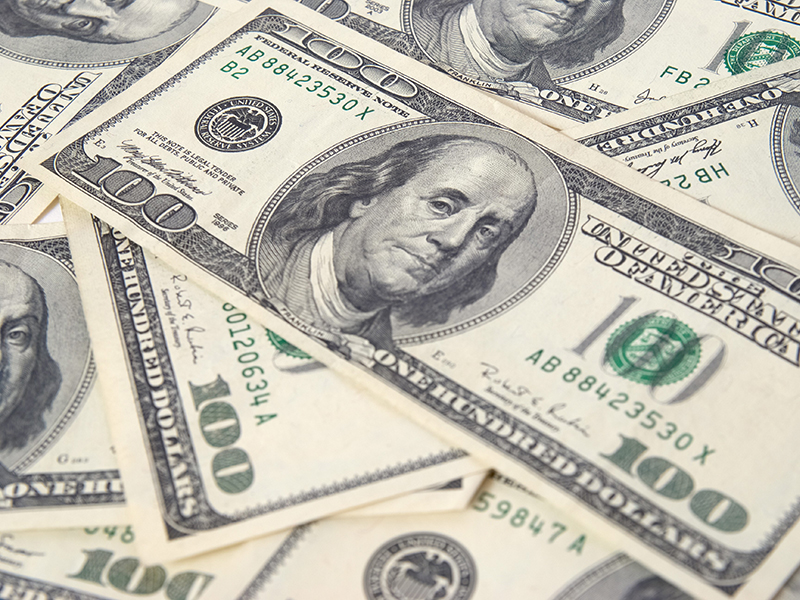

In 2022, U.S. retiree spending — driven by private and public sector defined benefit pension payouts — generated US$1.5 trillion in total economic output and supported 7.1 million jobs, according to a new report by the National Institute on Retirement Security.
It found in addition to the impact on employment and economic activity, DB pension payouts added $224.3 billion in tax revenue at the federal, state and local levels.
Read: Ontario DB pension plan payouts provide $34.6BN to provincial GDP: report
The report noted $680.6 billion in pension benefits were paid to 26.3 million retired Americans in 2022, including $371.6 billion paid to 12 million retired employees of state and local government and their beneficiaries, as well as $217.4 billion paid to roughly 11.5 million private sector retirees and $91.5 billion paid to nearly 2.7 million federal government retirees.
Each dollar paid out in pension benefits supported $2.28 in total economic output nationally and each taxpayer dollar contributed to state and local pensions supported $7.79 in total output nationally. The largest economic impacts from pension expenditures were in the food services, health care and retail trade sectors.
“Pensions are important to the financial security of retirees, but it doesn’t stop there,” said Dan Doonan, executive director of the NIRS and the report’s co-author, in a press release.
“Spending of pension income by retirees has a giant-sized economic footprint that benefits virtually every community across the country. Pension benefits remain a major part of our economy today because retirees know they’ll receive reliable pension income every month and aren’t fearful of spending it on basic necessities like housing, food and health care. That spending supports local economies and creates jobs.”
Read: OMERS pension benefits accounted for 9.3% of Ontario retirement income in 2023: report
